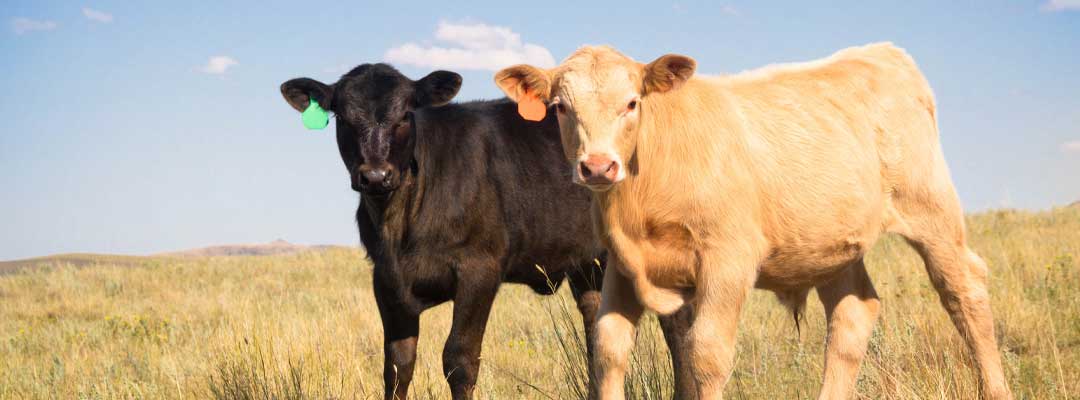6 Preconditioning Tips to Prepare Calves for Fall Markets
By using a calf implant, cattle vaccines and cattle wormers, your calf crop can get a boost in health and productivity, helping increase your profit potential.

Preconditioning programs give calves the best opportunity to develop their immune system and reduce the chances of them getting sick. This is especially important if you’re considering keeping calves longer and adding extra pounds. Here are six best practices to keep in mind while weaning calves and backgrounding calves, brought to you from Jacques Fuselier, DVM, DACT, DABVP, Technical Services Manager, Merck Animal Health.
- Rethink abrupt weaning“It’s been well documented that abrupt weaning causes stress, which results in reduced function of the calf’s immune system and impaired ability to fight disease. Cortisol, which naturally releases under stressful conditions, suppresses the immune system. One type of white blood cell, called neutrophils, are the first line of defense against disease yet their functions are decreased for the first seven days post-weaning. If the calf is vaccinated during this time, its ability to respond properly to a vaccine may be limited.”
- Vaccinate preweaning “A better option is to vaccinate calves prior to weaning. This allows the calf’s immune system to appropriately respond to the vaccine while on their cow, plus provides time prior to their next vaccination. It’s good to discuss vaccine protocols with your veterinarian and make a plan based on your operation’s goals, where the calves are headed post-weaning and the disease risk in your area.” Shop cattle vaccines.
- Proper deworming “Calves with subclinical worm infections can have decreased feed intake, feed efficiency and poor immune response to vaccines. Using creep feed and feed and mineral forms of Safe-Guard (fenbendazole) require relatively little time and labor, and can be highly effective.” Shop cattle wormers, including Safe-Guard cattle dewormer.
- Implants “If retaining ownership or selling and/or trying to add weight to calves post-weaning, then giving an implant preweaning is very beneficial. Research shows Ralgro (zeranol) used in backgrounded cattle provides close to a 10% improvement in average daily gain (ADG). If cattle gain 2.0 pounds of gain per day without an implant in a 60-day preconditioning period, implanting with Ralgro implants will improve ADG to 2.2 pounds per day. This equates to 12 pounds additional weight gain in 60 days.” Shop calf implants, including Ralgro.
- Creep feed and water training “Nutrition is the building block of health and performance. Providing creep feed, formulated based on the calf’s life stage, helps get calves used to eating on their own and prepares the rumen for the next stage of production. Fresh, clean and cool water supplied via a cattle trough or automatic waterer versus water on the ground helps improve health and performance. Incorporating water training techniques where calves learn where the water trough is located and how to use it prior to weaning is helpful.” Shop automatic livestock waterer and cattle troughs.
- Low-stress cattle handling“There are lots of resources on low-stress cattle handling. Temperament impacts the health and performance of animals. If calves have been handled using low stress methods and learned to be comfortable around people, they will go on to be calmer in the next phase.” Developing a group of calves properly and preparing them for the next stage can help to minimize disease outbreaks and maximize profits. You can find everything you need for your herd’s health and productivity at veterinarian-founded Valley Vet Supply.



